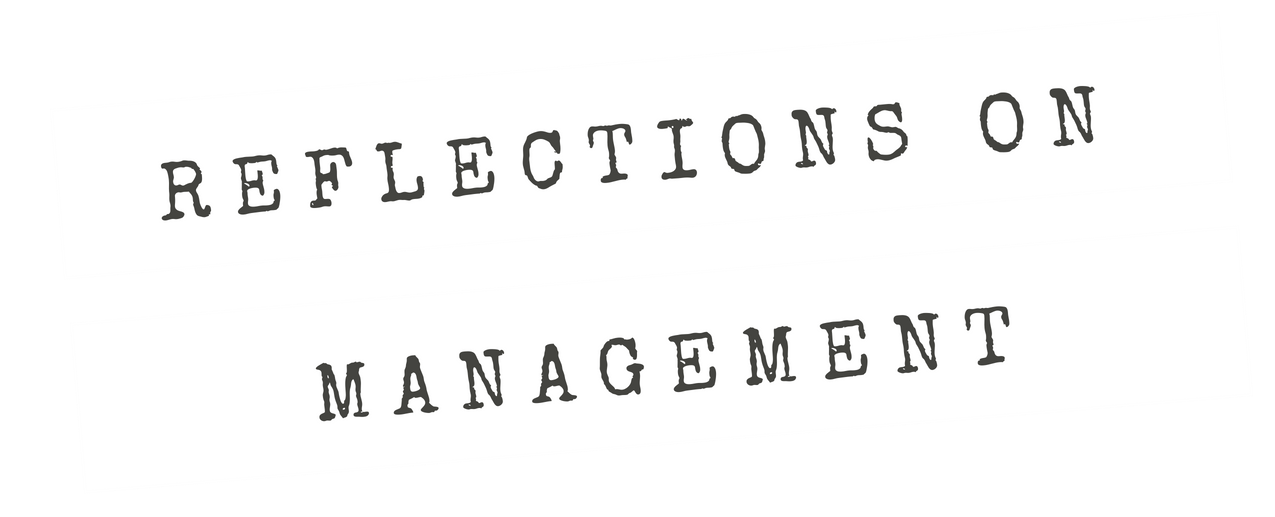It’s hard to create radical change like this from the top. … You have to have a climate or culture that looks for opportunities
Season 3, Episode 3
Branding and brand equity is a competitive sport. No matter what type of organization, public or private, maintaining high brand equity is seen as important. Brand equity is defined in David Aaker’s book Managing Brand Equity as having five components – brand loyalty, name awareness, perceived quality, brand associations in addition to perceived quality, other proprietary brand assets such as patents, trademarks, etc. Getting those components to show high value — meaning that customers and stakeholders think very highly of the brand — is big for an organization’s competitiveness, maybe even its survival. Low brand equity, while not always fatal, is a definite problem. So when an organization is able to turn things around and make its brand suddenly interesting, prominent, even viral — people take notice. But it is hard to replicate.
I use the recent example of the so-called ‘storm surge’ celebrations held by the National Hockey League’s Carolina Hurricanes 2018-2019 season to highlight an example of how a team mired in long-term mediocrity suddenly upped its profile. It’s an interesting story of turning an organization’s reputation around, but what does the literature tell us about how this might have occurred and whether or not such an apparent success can be replicated in some way by other organizations.
Works Referenced:
Aaker, D. A. (2009). Managing brand equity. Simon and Schuster.
Plowman, D. A., Baker, L. T., Beck, T. E., Kulkarni, M., Solansky, S. T., & Travis, D. V. (2007). Radical change accidentally: The emergence and amplification of small change. Academy of Management Journal, 50(3), 515-543.
Featured Image:
Photo from a “Military Appreciation” National Hockey League game hosted by the Carolina Hurricanes, by U.S. Air Force public affairs.


